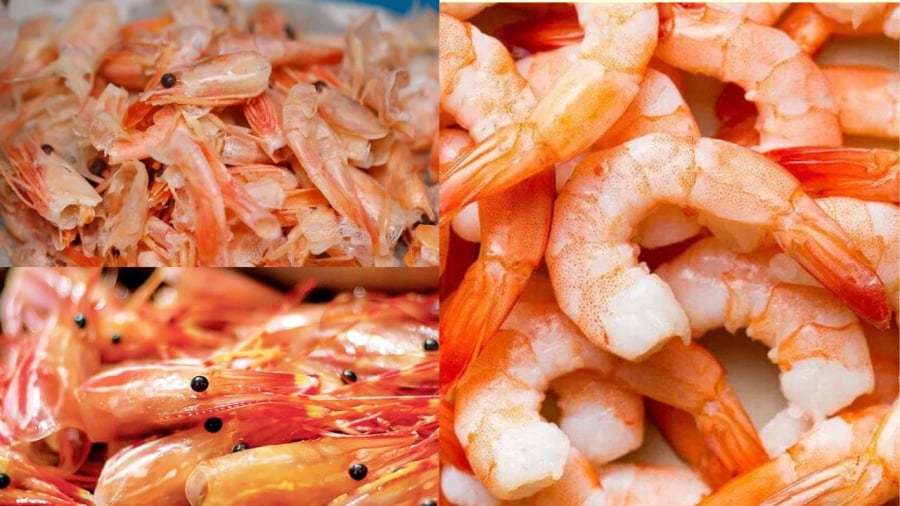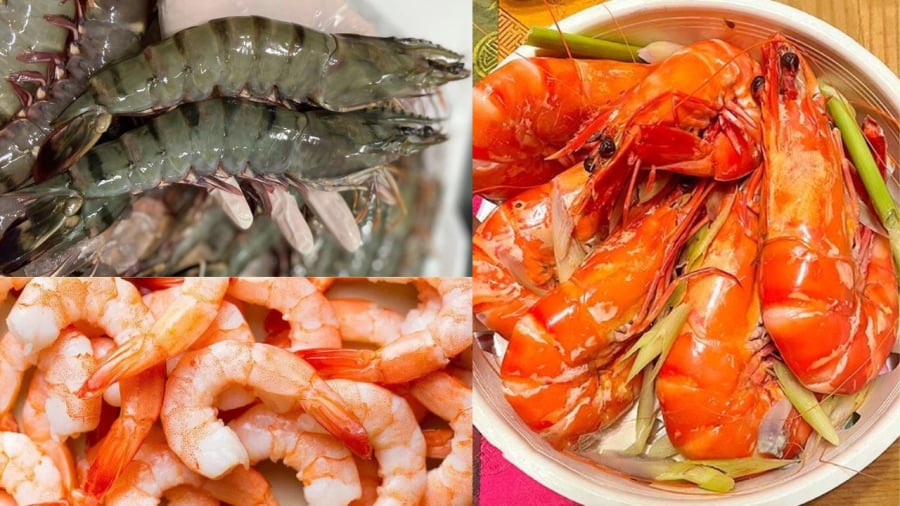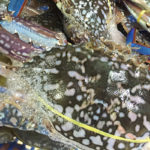Shrimp is a delicious and nutritious food, often touted for its high protein, vitamin, and mineral content. It is a favorite among people of all ages and is commonly served at celebrations and parties. But what about the calcium content of shrimp? Is it true that shrimp shells are rich in this mineral?

1. Do shrimp shells contain calcium, and is it richer in calcium than the meat?
Contrary to popular belief, shrimp shells do not contain significant amounts of calcium. The hard shell is primarily made up of chitin, a biological polymer that provides structure and protection for the shrimp. The meat of the shrimp, on the other hand, is where most of the calcium is found, and this is the part that our bodies can effectively absorb.
While it is common to eat small shrimp with the shells on due to their softness and ease of digestion, larger shrimp should be peeled. This not only makes them easier to eat but also prevents digestive issues, especially in children and the elderly.
2. Are there any downsides to eating shrimp shells?
Not only do shrimp shells lack calcium, but they can also be harmful if not eaten properly. Chewing on shrimp shells can cause abrasion and damage to the mouth, including the gums and tongue. Additionally, these shells are difficult to digest and can lead to stomach discomfort or pain, especially for those with sensitive digestion.
Some people may also have an allergy to chitin, causing itching, rashes, or even severe allergic reactions. Therefore, it is advisable to remove shrimp shells before cooking, especially when preparing meals for children.

3. Should we eat shrimp heads?
While shrimp heads are a delicacy for some, especially when fried to a crisp, they are not without their drawbacks. Shrimp heads contain the internal organs, which are a repository for waste and heavy metals from the shrimp’s environment. Consuming these regularly can lead to a buildup of toxins in the body, affecting the liver and kidneys and causing digestive issues.
Children are particularly vulnerable to the effects of heavy metals, which can lead to anemia, iron deficiency, stunted growth, and cognitive development issues. Therefore, shrimp heads should be treated as an occasional treat rather than a regular part of the diet, especially for young ones.
4. Which parts of the shrimp should be discarded during preparation?
- The black vein on the back of the shrimp is the digestive tract, containing bacteria and waste—remove it before cooking.
- As mentioned earlier, the head and shell should ideally be removed to ensure hygiene and maximize nutritional value.
However, you can boil the shells to make a flavorful stock for soups, porridge, or noodle dishes. The remaining chitin and shrimp remnants add sweetness and depth of flavor to the broth.
5. Precautions when feeding shrimp to children
When serving shrimp to children, it is best to offer them the meat, peeled and with the heads removed, to prevent choking and reduce the risk of allergies.
Ensure the shrimp is fresh, as spoiled shrimp can contain toxins that lead to severe food poisoning. Start with small portions to gauge the child’s reaction and gradually increase the amount.
For younger children, smaller shrimp with softer shells and meat are easier to digest and less likely to cause allergies.
6. The amazing health benefits of shrimp meat
Shrimp is not just delicious but also offers numerous health benefits:
1. Weight loss aid: Shrimp is high in protein but low in calories, making it a great addition to a weight loss diet. Protein also increases the body’s calorie burn during digestion, aiding in weight loss.
2. Heart-healthy: Rich in omega-3 fatty acids and vitamin B12, shrimp helps reduce inflammation, lower cholesterol, and promote heart health. This is why experts recommend including shrimp in your weekly meals.
3. Brain booster: Omega-3 and vitamin B12 in shrimp also enhance memory and support brain function, improving focus and concentration. These nutrients are especially beneficial for children and older adults.
4. Immunity boost: Zinc, found in shrimp meat, plays a crucial role in maintaining a robust immune system. This essential mineral activates immune cells to fight off bacteria and viruses.
In conclusion, shrimp is a highly nutritious food with numerous health benefits. However, it is important to understand that the calcium content is primarily in the meat, not the shells. By properly preparing and consuming shrimp, especially by removing the shells, heads, and veins, you can maximize its nutritional value and enjoy its delicious taste while avoiding potential health risks. When included correctly in your diet, shrimp can be a wonderful source of essential nutrients for you and your family.
How to Tell the Difference Between Crabs and Crayfish, and Which is the Better Choice?
“Crab and crayfish are two seafood delights, often gracing our dinner tables and offering a tasty treat. With their similar appearance and flavor, it can be tricky to tell them apart. But fear not, as we reveal the secrets to distinguishing these two crustaceans. It’s time to become a seafood connoisseur and never mix up your crabs and crayfish again!”



































